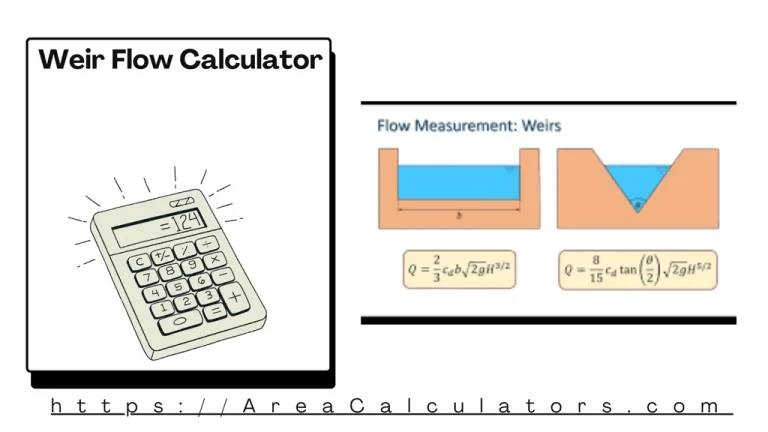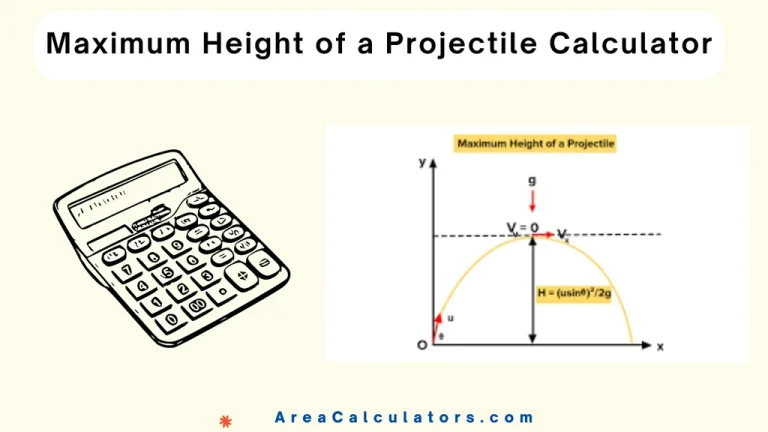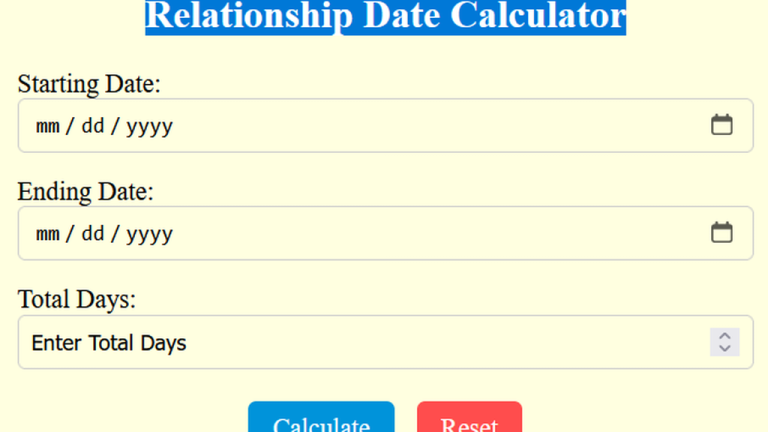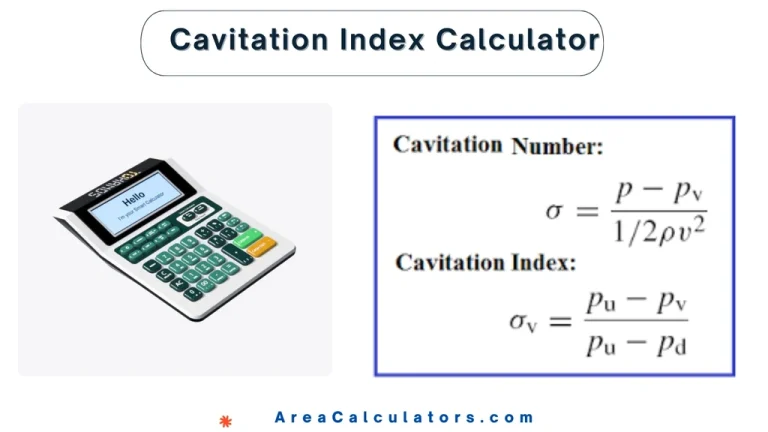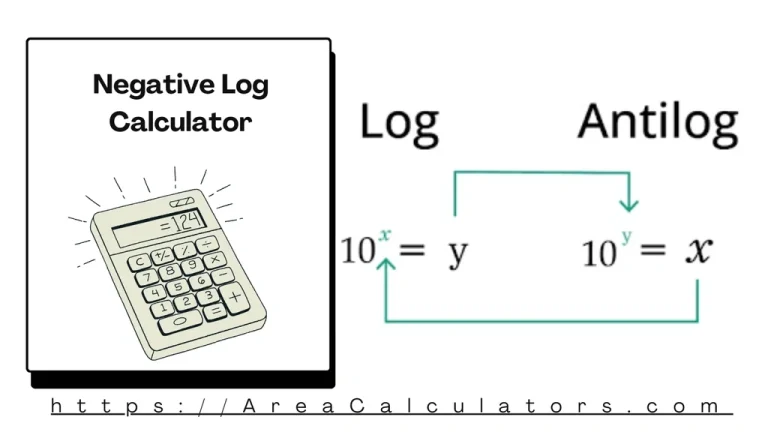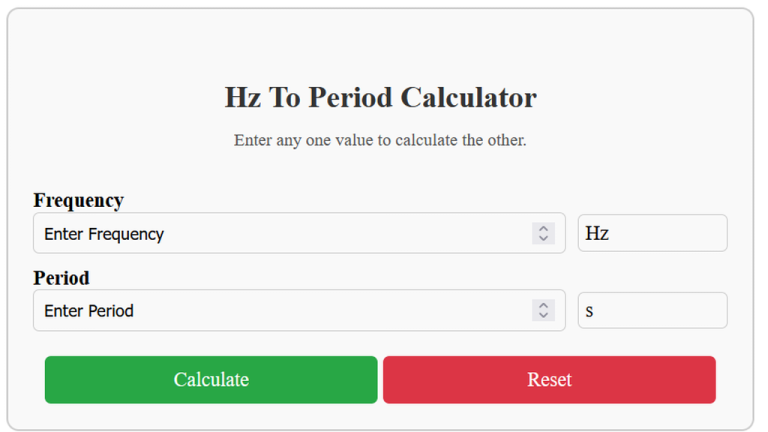Grams To Volume Calculator – Mass, Density, Volume Calculator
To convert grams to volume, divide the mass (grams) by the density of the substance (grams per unit volume).
The Grams To Volume Calculator is an essential accessory for converting mass into volume effortlessly. This tool is principally useful in cooking, chemistry, and industrial applications where precise measurements are critical.
It simplifies the process of determining the volume of substances based on their weight and density, making it an excellent resource for chefs, students, and engineers alike.
Formula:
V = M / D
| Variable | Description |
|---|---|
| V | Volume (unit³) |
| M | Mass (grams) |
| D | Density (grams/unit³) |
Solved Calculations
Example 1:
Find the volume of 500 grams of water (density = 1 g/cm³).
| Step | Value |
|---|---|
| Mass (M) | 500 grams |
| Density (D) | 1 g/cm³ |
| Formula Used | V = M / D |
| Volume (V) | 500 / 1 = 500 cm³ |
Example 2:
Calculate the volume of 100 grams of oil (density = 0.92 g/cm³).
| Step | Value |
|---|---|
| Mass (M) | 100 grams |
| Density (D) | 0.92 g/cm³ |
| Formula Used | V = M / D |
| Volume (V) | 100 / 0.92 ≈ 108.7 cm³ |
Grams To Volume Calculator – Mass, Density, Weight, Molar Conversion 2025
The Grams to Volume Calculator is a versatile tool. It can convert weight (grams) into volume based on the substance’s density. It is vastly useful in cooking, chemistry, and engineering, where precise conversions between weight and volume are needed.
By entering the weight in grams and the material’s density, the tool calculates the corresponding volume. For example, if you input 500 grams of water (density: 1 g/mL), the calculator will output 500 milliliters.
Above all, it can also address questions like “How do you find volume with grams?” or “How much volume is 100 grams?” This tool simplifies such conversions, eliminating the need for manual calculations or lookup tables.
Final Words:
To seal the deal, the Grams to Volume Calculator is an essential resource for accurate weight-to-volume conversions. It supports users in tasks requiring precision, from culinary recipes to scientific experiments, making it an invaluable tool across various domains.

